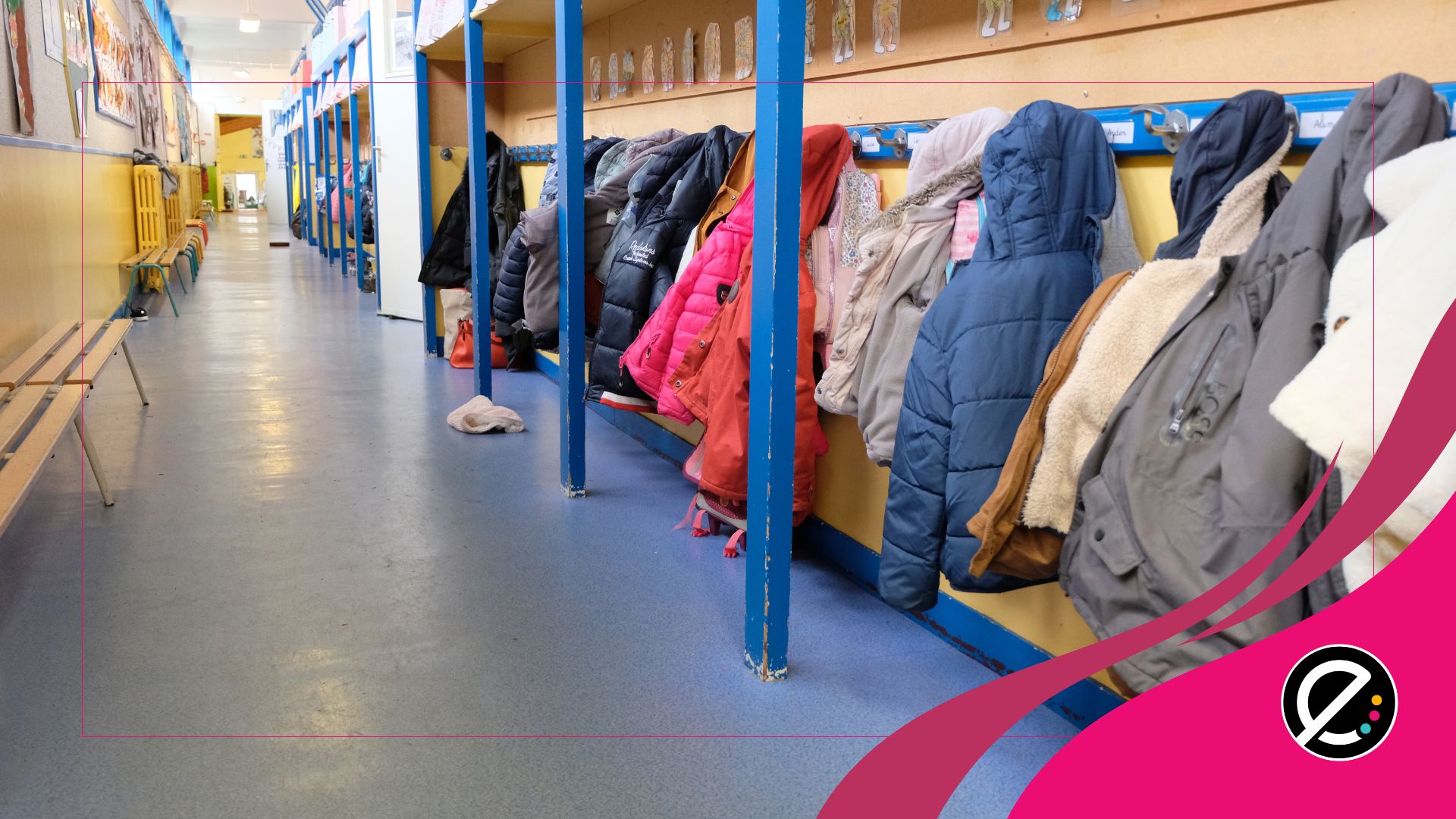Le badge numérique peut-il devenir un outil de reconnaissance de la formation continue? Voici la question qui a été discutée lors de la conférence de Maxime Pelchat, du CADRE21, et Daniel Le Blanc de CTRLWeb, dans le cadre de l’événement MTL Connecte.
Au Québec, les badges numériques ont fait leur apparition dans le milieu de l’éducation principalement par le biais de l’organisme CADRE21, qui développe des autoformations pour les enseignants. Ils sont maintenant octroyés par d’autres organisations comme le RÉCIT et certains cégeps. Certains organismes ont aussi délégué l’octroi de leurs badges au CADRE21. C’est notamment le cas de l’École branchée, avec les badges de participation aux formations CréaCamp.
Qu’est-ce qu’un badge numérique? C’est une représentation visuelle, en ligne, qui donne la preuve d’un apprentissage réalisé, d’une acquisition de compétence ou de participation à une activité de développement professionnel. « Le badge est un outil de micro-certification. À la différence du traditionnel diplôme, il reconnaît un seul acquis. On peut donc les accumuler et les rassembler dans un portfolio pour présenter un ensemble de connaissances acquises », indique Maxime Pelchat.
L’intégrité du badge
À première vue, le badge numérique peut être perçu comme une simple image. Certains pourraient donc en questionner la valeur. Cependant, le badge est développé avec rigueur par des développeurs et il est possible d’en valider l’intégrité. « Certaines données sont encryptées dans l’image. Elles ne peuvent être modifiées. Le contenu de certains badges peut d’ailleurs être très précis. Il pourrait inclure un plan de cours par exemple », explique Daniel Le Blanc. Le badge est aussi créé en fonction d’un format standardisé et reconnu mondialement, l’Open Badge de Mozilla.
Organiser ses apprentissages
Le badge fait partie d’un cercle de confiance constitué de l’octroyeur (qui offre la formation), du récipiendaire (celui qui suit la formation) et de l’appréciateur (celui qui reconnaît la valeur du badge). Dans le milieu scolaire, l’appréciateur peut être une direction d’école, un ordre professionnel, un centre de services scolaire, etc.
Ainsi, le récipiendaire a tout intérêt à créer un portfolio numérique qui contiendra l’ensemble des badges qu’il a reçu au fil du temps. Cela lui permet de garder des traces, d’organiser ses apprentissages par thèmes ou autres. Il peut plus facilement les présenter et les mettre en valeur auprès d’un appréciateur. Ce portfolio de badges numériques devient un bel ajout au traditionnel curriculum vitae. Il s’affiche aussi bien sur le Web que dans des sites Web professionnels ou des profils de réseaux sociaux.
Par ailleurs, on observe de plus en plus de collaboration entre des organismes de formation (des octroyeurs) qui vont créer des parcours d’apprentissage. Ainsi, bien que le badge soit une micro-certification, l’accumulation de plusieurs badges faisant partie d’un parcours défini pourrait avoir une certaine valeur auprès des appréciateurs.
Avez-vous commencé à vous constituer un portfolio de badges numériques?
En complément : Les badges numériques : valeur, confiance, reconnaissance et crédibilité, un article de Maxime Pelchat paru sur le site du réseau EdCan.






